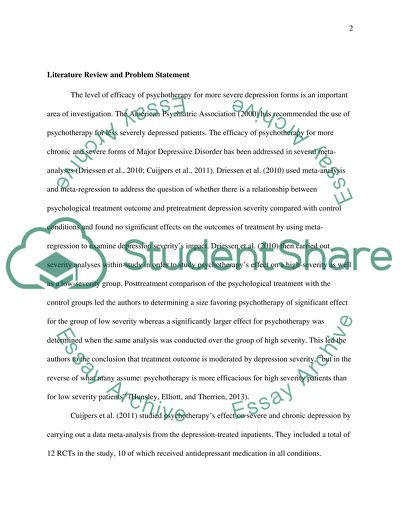Cite this document
(“Research Proposal Example | Topics and Well Written Essays - 2500 words - 2”, n.d.)
Retrieved from https://studentshare.org/psychology/1671479-research-proposal
Retrieved from https://studentshare.org/psychology/1671479-research-proposal
(Research Proposal Example | Topics and Well Written Essays - 2500 Words - 2)
https://studentshare.org/psychology/1671479-research-proposal.
https://studentshare.org/psychology/1671479-research-proposal.
“Research Proposal Example | Topics and Well Written Essays - 2500 Words - 2”, n.d. https://studentshare.org/psychology/1671479-research-proposal.


